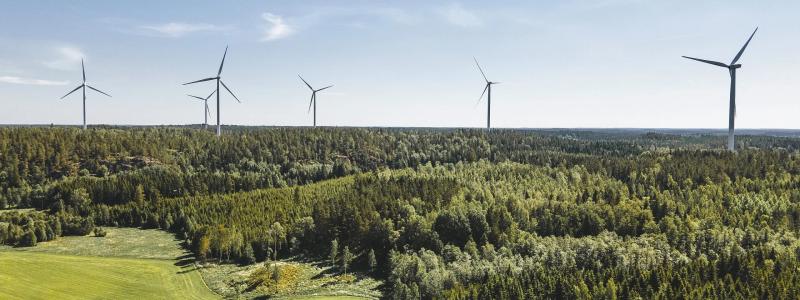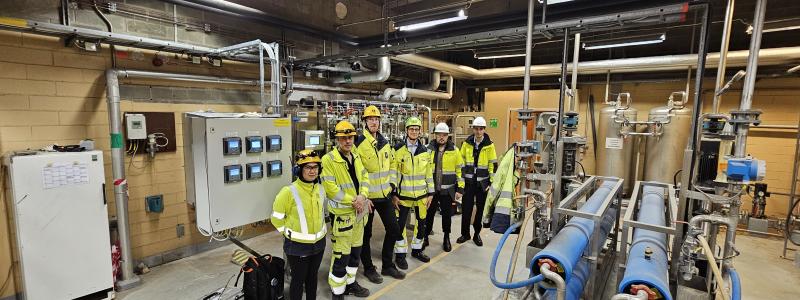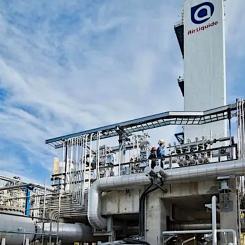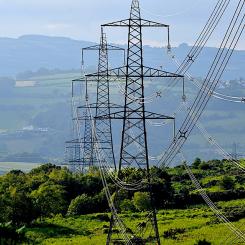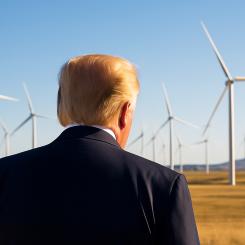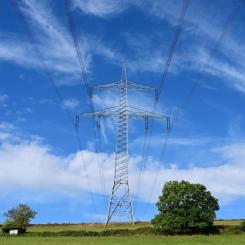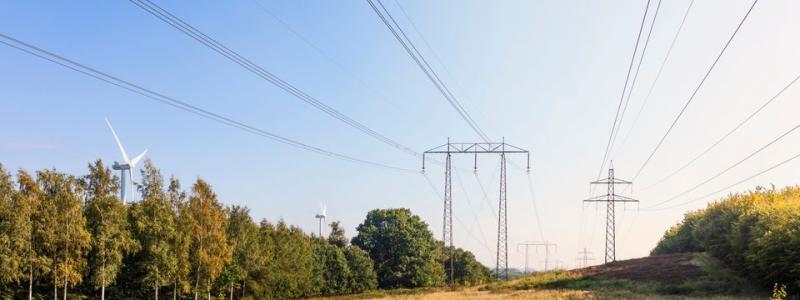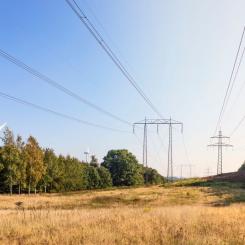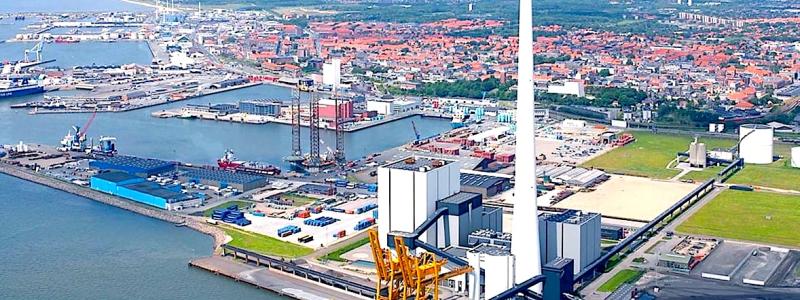Leading Asian emerging nations are considering an active development of the domestic industry of coal power, amid the rapidly growing local demand for energy and a shortage of power capacities.
According to analysts of Frost & Sullivan, the greatest increase in the number of new coal power plants in the coming years is expected to occur in China and India, as well as in Russia, in a lesser extent. At the same time, in case of China, the active construction of coal power plants could lead to environmental disaster, according to predictions of some analysts.
China
The Chinese coal power market is projected to grow at an unprecedented rate in the near future. Currently coal-fired power plants form more than half of China’s total installed capacity and, according to analysts’ predictions, total capacity of coal power plants in the country will reach 945 GW in 2020, and more than 1040 GW by 2030. At present, according to Globaldata, coal-fired power plants account for 706,670 MW, of China’s total thermal installed capacity of 765,460 MW.
The Chinese government is currently building 16 new large coal-fired power plants. By 2015, the government plans to increase the annual coal production by 2.2 billion tons, which will help to meet the country’s ever growing needs in electricity. The increase of coal production is an acute need for the country’s coal-fired power industry, taking into account the current status of China as a net coal importer, with the ever growing demand.
It is planned that of 16 new large coal-fired power plants, the majority will be built in the northwest of the country, and in particular in such provinces as Shaanxi, Shanxi, Ningxia and Inner Mongolia.
The construction of the new coal plants will continue, despite the calls of some global ecology organizations, such as Greenpeace that the development of coal power at such a rate will further exacerbate the "water crisis" in the country and will result in the lack of water in China.
According to Greenpeace report, by 2015 the Chinese coal power industry
will consume at least 10 billion cubic meters of water annually, which will aggravate the already existed water shortage in the western provinces of the country.
In fact, the active development of coal power industry has been implementing in China since 2004. Over the past eight years, more than 1 million MW of new, coal power capacities, has been put into operation in the country. More than 80% of them has the output of 300, 600 and 1000 MW.
At the same time, along with the opening of new coal-fired power plants the Chinese government continues the closure of old inefficient plants. According to Globaldata, during the period of 2006-2010 several coal-fired power plants with a combined capacity of 70 GW were closed.
At the same time, in addition to coal power, the Chinese government is also considering the possibility of the development of domestic gas industry, taking into accounts that China's conventional natural gas output soared to 100 billion cubic meters in 2011 from the 30 billion cubic meters in 2000.
The country also has rich unconventional gas reserves. According to the country's Ministry of Land and Resources (MLR), China has potential shale gas reserves of 134 trillion cubic meters, including recoverable resources of 25 trillion cubic meters.
The country has also plans to increase the production of energy from non-fossil fuels by 2015, increasing this percentage to 15% by 2020. According to Globaldata, this could become a partial alternative to coal power generation and will help to reduce environmental damage.
India
In the meantime, China is not the only emerging giant, which puts big hopes on the development of its coal power in the near future. The same plans has India, where local coal power capacity is expected to reach 201 GW by 2020 and 267 GW in 2030. This will be mainly due to implementation of a number of projects, regarding with the construction of large coal-power plants in the country. It is expected that the capacity of each of such plant is expected to be more than 1000 MW each.
One of such projects involves the construction of the Mundra plant by the local energy giant Tata Power. The capacity of the plant is expected to be 4000 MW, while its construction (along with three other similar projects) is supported by the Indian government, by the exemption from excise tax for the purchase of equipment and the provision of tax benefits for the period over ten years.
Overall, by 2030 15-17 large coal power plants are expected to be built in the country.
At the same time, one of the obstacles to the implementation of these plans may be the high cost of imported coal, given the country's current dependence on coal imports.
In addition to coal power, as part of the plans of the Indian government is further construction of gas-based power stations, despite the current problems risen in the industry, associated with the reduction of output of KG-D6 block, which produces over a quarter of India's total gas output and non-availability of adequate infrastructure to handle liquefied natural gas (LNG) imports.
Russia
Finally Russia, despite its large natural gas reserves, plans to pay more attention to the development of natonal coal power industry in the coming years.
Despite the fact that at present the share of coal in the country’s total energy balance is estimated at about 25% (with the remaining 70% account for gas), the construction of new coal power plants will help to increase it up to 40% by 2030, according to state plans.
Most of the new Russian coal plants will be built in Siberia, the Far East (including for large-scale exports to China) as well as in the Urals and the south of the European part of the country. The project is personally monitored by the country’s President Vladimir Putin.
However, despite such big plans for the development of coal power, some Russian analysts remain skeptical about its ability to compete with the domestic gas industry.
According to Alexander Grigoriev, Head of Strategic Research Institute of Natural Monopolies (IPEM), coal is still not able to compete with gas in most parts of the country.
He also added that despite a significant increase of coal production in Russia for the last 10 years, the local coal power industry remains in a vulnerable position with low domestic consumption (especially compared to developed countries), and the uncompetitiveness of the industry in the global arena.










